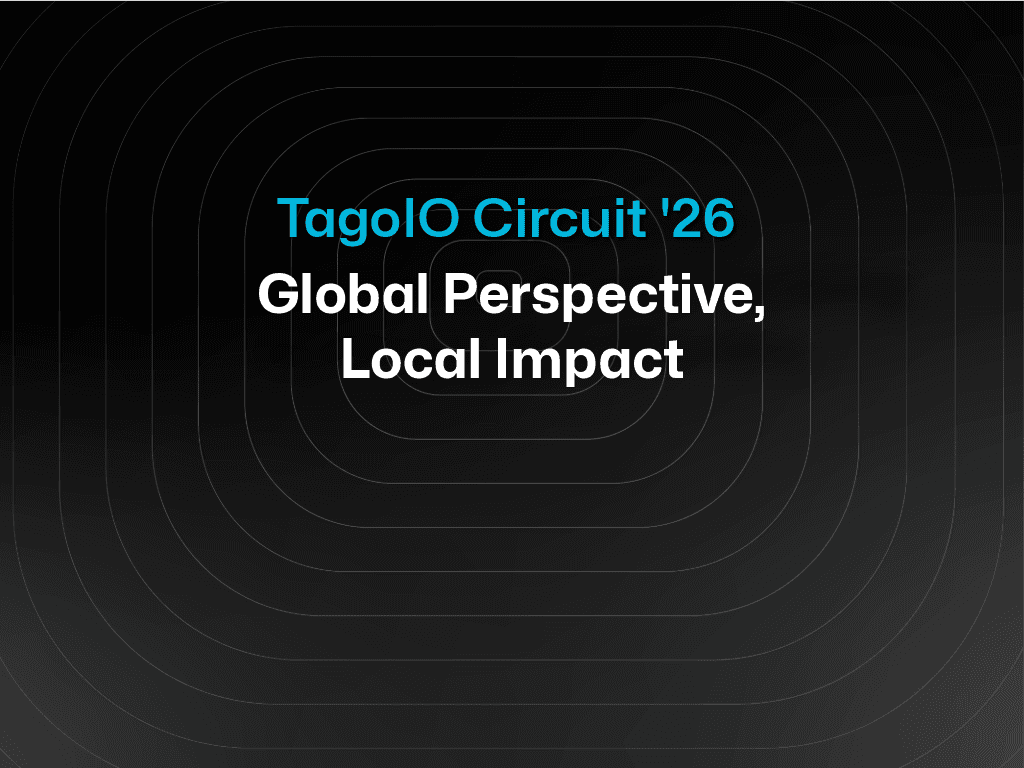Blog
Tech Insigths
Using IoT to Predict and Prevent Natural Disasters
In recent years, the development of IoT has enabled us to collect and analyze data in real-time, which can be used to predict and prevent natural disasters like floods, earthquakes, and more.

TagoIO Team
Feb 27, 2023



Natural disasters can have devastating effects on our communities and our planet, from earthquakes and hurricanes to wildfires and floods. In recent years, the development of IoT has enabled us to collect and analyze data in real-time, which can be used to predict and prevent natural disasters.
Here are some examples of how IoT can be used to prevent natural disasters:
Early Warning Systems
Being caught by a natural disaster from nowhere is never good news. Thankfully, IoT sensors can provide a solution that will minimize the impact of such situations. There are already sensors being used to detect changes in environmental conditions such as temperature, vibration, movement, displacement, pressure, and air quality. This data can be used to build early warning systems that can alert communities about impending natural disasters. For example, pressure, ultrasonic, or microwave sensors, together with satellite communication technology, can be used to predict and warn people about tsunamis, as presented in this study by the Universiti Sains Malaysia.
Flood Monitoring
IoT sensors can be used to monitor water levels in rivers, lakes, and other bodies of water. This data can be used to predict floods and alert people living in flood-prone areas to take necessary precautions. Sensors like the Decentlab DL-CTD10 can track water levels, so if a river, for example, is about to flood, people can be notified and be able to take action before it happens.
A real use case example is the city of Amsterdam which has implemented an IoT-based flood monitoring system to warn people about possible floods that rising sea levels and heavy rainfall may cause. Initiatives like the one in Amsterdam can help to save lives and avoid unnecessary damage.
Fire Detection
In 2022 alone, 7,577,183 acres were burnt in the US, as stated by the National Interagency Fire Center Dealing. Stopping wildfire incidents before they spread is an ongoing challenge that demands innovative solutions. One promising approach involves leveraging the power of IoT sensors. With IoT technology, it is now possible to detect wildfires in their early smoldering stage before any visible flames appear.

These sensors collect critical data that can be used to alert fire departments and emergency services, enabling them to respond quickly and prevent the spread of fires. For instance, the U.S. Forest Service has implemented an IoT-based fire detection system that uses cameras and sensors to detect fires in real-time.
Earthquake Prediction
IoT devices provide a cost-effective solution for predicting earthquakes by tracking relevant data. With IoT technology, it is possible to collect critical data related to earthquake activity, including seismic wave patterns and ground vibrations. This data can be analyzed using machine learning algorithms to predict when and where earthquakes are most likely to occur.
Air Quality Monitoring
In modern society, smog and air pollution events have emerged as significant challenges, affecting the health and well-being of millions of people. However, IoT sensors can be crucial in monitoring air quality and predicting and preventing natural disasters such as smog and other air pollution events.
IoT sensors can detect various air pollutants, including carbon monoxide, ozone, and particulate matter, providing a comprehensive understanding of the air quality in a given area. By analyzing this data, policymakers can make informed decisions about improving air quality, such as imposing restrictions on industrial emissions, reducing traffic congestion, and promoting sustainable transportation options.
Build a disaster prevention solution
If you plan to develop an IoT disaster prevention solution, various types of sensors and connectivities are available. Notable options include DecentLab's flood monitoring, air quality, and rain gauge sensors; Ellenex's water resource level and volume sensors; and Myriota and Swarm's low-cost satellite connectivity for remote areas. All of these options are already fully integrated with the TagoIO platform.
To build a powerful and efficient disaster prevention solution, you can rely on TagoIO's user-friendly tools. Using TagoIO, you can easily deploy IoT devices, collect real-time data, analyze it, and promptly respond to critical events. Join TagoIO now and contribute to creating a safer future.

TagoIO Team


